Monday Morning Update 5/2/22
Top News
Walmart rolls out a diabetes telehealth program for employers that includes diabetes education, behavioral health analysis and counseling, and discounts on insulin, diabetes medications, and test kits.
The program was developed with the American Diabetes Association.
The service is provided through MeMD, a Phoenix-based multi-specialty telehealth provider that Walmart acquired in May 2021.
Walmart will sell the program as a standalone offering or as part of a comprehensive telehealth program.
Reader Comments

From Enumerator of Beans: “Re: Teladoc’s share price. Stupendously bad, but take a look at Amwell’s enterprise value, which is less-famously awful.” Refresher: enterprise value (EV) looks beyond a publicly traded market capitalization to also include the company’s debt and cash, which is how a potential acquirer would evaluate it. Amwell’s market capitalization is around $900 million as Teladoc’s woes dragged AMWL shares to record lows, but even worse, Amwell’s EV has tanked from $3 billion a year ago to $150 million now, which seemingly provides a buying opportunity for the strong-stomached investor or down-trending competitor. Teladoc’s market cap has shed more than 80% in that same year as EV slid from $29 billion to $6 billion even as management was hyping the company’s business prospects (I can’t imagine that won’t trigger a bunch of lawsuits). The smartest person in the telehealth room turns out to have been invited visitor Glen Tullman, who found a buyer-in-heat in Teladoc who was willing to massively overpay for largely untested Livongo in that brief pandemic moment where telehealth looked unstoppable, insatiable investors were wildly overfunding digital health companies, and companies sought acquisitions that would arouse or confuse investors (or both). No wonder Glenn is ubiquitous as a conference keynoter, with the sometimes comical train wreck that was Allscripts under his watch being long forgotten.
From Curious from Across the Pond: “Re: American healthcare. Has all the money spent my vendors and the federal government actually improved patient care compared to Europe? It seems that most of the money is to make sure that health systems can bill and collect for ‘patient care’ and that it’s all about growing market share and preserving monopolies and patient care is the last thing on their mind.” US healthcare is bureaucracy-powered big business, not a social obligation, but governments love it because it creates high employment, big political donors, the illusion of economic growth, and shiny new buildings where politicians can pose cutting ribbons. Technology and policies that claim to have the power to improve outcomes and cost can only be as effective as the underlying healthcare system they support, and ours is a mess with no political will to change it given that the wealthy like it just fine. As far as health IT claims, vendors and fawning press cheer every announcement but fail to mention the frequent failure that follows or the user missteps that contributed.
HIStalk Announcements and Requests

Poll respondents say that the factors that are most important to AI’s eventual success in healthcare are maturation of the technology, proven outcomes, and building trust. Commenters noted the need for better-quality EHR data and the alignment of economic incentives.
New poll to your right or here: Within the past two years, have you had to pay a medically related bill that created at least a modest degree of financial hardship?
I received a brilliant spam email this week – Bitdefender warned me that the “unsubscribe” link pointed to a phishing page.
Webinars
None scheduled soon. Previous webinars are on our YouTube channel. Contact Lorre to present your own.
Acquisitions, Funding, Business, and Stock
Weight loss app vendor Noom lays off 180 coaches and will part ways with 315 more employees in the next few days, according to a Business Insider report. The company is trying to pivot to scheduled video-based coaching instead of immediate text-based engagement that often involved canned messages and lessons. At least the company is loyal to the video-based model – the employees who were laid off were notified in group video calls.
Spok announces Q1 results: revenue down 6%, EPS –$0.37 versus –$0.12. The company says its strategic alternatives review resulted in no options to sell the company, so it will continue to operate as a standalone business.
Ambulatory surgery software vendor HST Pathways acquires competitor Simplify ASC.
People

Renee Emmer, RN, MS joins VCU Health as associate VP of clinical informatics.

Ann Baty (OmniSys) joins HealthMark Group as VP of marketing.
Announcements and Implementations
Olive releases Care Campaigns, an automated patient communication and outreach solution whose first user is Gundersen Health System.
Canada’s seven-hospital Hamilton Health Sciences will go live on Epic on June 4 in a rare move straight from paper charts that are scanned into CGI Sovera.
Aurora St. Luke’s Medical Center (WI) joins a clinical trial of UltraSight Echocardiographic Guidance, a machine learning app that helps medical professionals who don’t have advanced echocardiography training to position the transducer.
Rochelle Community Hospital (IL) goes live on Epic, replacing Meditech and Athenahealth.

Oxford University Press launches Oxford Open Digital Health, an open access journal that will focus on digital health interventions in low- and middle-income countries. The editor-in-chief is Alain Labrique, PhD, MHS, MS, professor and founder of the Johns Hopkins University Global MHealth Initiative and chair of the WHO Digital Health Guidelines Development Group.

In Norway, St. Olav’s Hospital trains volunteers from the local senior center on HelsaMi, its patient portal that is powered by Epic MyChart, so they can help other seniors.
Government and Politics
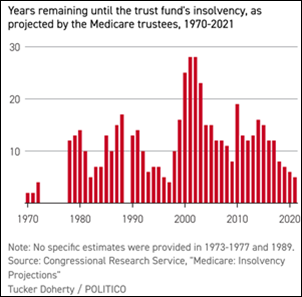
Interesting from Politico: a historical graph of how many years Medicare’s Part A fund for hospital expenses has left before running out of money. Today’s number is four years, as in 2026 the fund will go broke because the number of enrollees and their expenses has risen faster than funding from payroll taxes, and that doesn’t even account for pandemic-related impact. The long-term fix would be to shift to value-based care, which would require not only a lot of legwork, but rare political unity. The “gimmick fix” would be to shift some Part A services to Part B, which is funded by premiums and other taxes.
Other
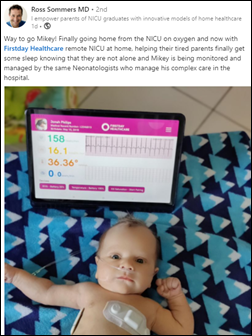
Neonatologist Ross Sommers, MD, who recently founded NICU-at-home monitoring software company Firstday Healthcare, posted this on LinkedIn. I found it interesting given the cost and family disruption involved with NICU babies. The company offers continuous vital signs monitoring monitored by board-certified neonatologists, AI-powered deterioration prediction, a parent app that includes medical records, and care coordination.
A small University of Colorado survey of patients who were given online access to their radiology images and reports finds that most said it was helpful in understanding their condition and few reported being worried or confused. One-third of them saved a copy, one-fourth shared them with a doctor, 15% used them to get a second opinion, and 3% posted them on social media.

Sam Johnson, fired last year as CEO of telehealth vendor VisuWell after he was caught on video telling high school senior Dalton Stevens that they “look like an idiot” for wearing a dress on their way to the prom, sues comedian Kathy Griffin for making fun of him. He says the ridicule triggered a backlash against him and his family. Johnson says he is suing “to stand up against the woke social mob that wants to strip of us of our livelihoods and careers.” He says his issue wasn’t the student’s attire, but rather that the group was being obnoxious and profane in one of his favorite restaurants. Johnson says that he will never again sign an employment agreement that doesn’t contain a “slow action cause” that subjects employment actions resulting from a news story, social media post, or boycott demand to a 30-day cooling-off period. Johnson says that VisuWell and “several health systems” made false statements that were published and urges followers to read the coverage on Fox News. Two months ago, he accused the Nashville Business Journal, VisuWell, and LinkedIn of flagging one of his LinkedIn posts as harmful, which he summarizes as “scared pansies.”
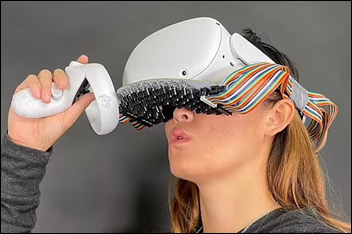
The metaverse quickly got creepy. Bored Carnegie Mellon researchers fit haptic sensors into an Oculus Quest 2 headset that transmits kissing sensations to the wearer’s lips, teeth, and tongue. They describe mundane game-playing uses such as brushing teeth, smoking, and drinking coffee, either naively or coyly overlooking more lucrative integration. SecondLife perverts have a new home.
Sponsor Updates
- KLAS research ranks Meditech among the top two EHR vendors market share growth.
- EClinicalWorks releases a new podcast, “How EClinicalWorks RCM Service Boosts Efficiency.”
- OptimizeRx will exhibit at MedDev 2022 June 7-9 in San Diego.
- Optum donates COVID-10 test kits to increase access to free testing among underserved communities in Chicago.
- PatientBond will exhibit at the UCA/CUCM 2022 Annual Convention through May 4 in Las Vegas.
- PerfectServe will present at the Powderkeg Unvalley virtual conference May 11-12.
- Premier’s S2S Global donates urgently needed medical supplies to Ukraine via United Help Ukraine.
- The HIT Like a Girl Podcast features Tegria Director of Patient Access and Technology Rodina Bizri-Baryak.
Blog Posts
- Stop Making Patients Work So Hard (Orbita)
- Preventing Violence Against Healthcare Workers: Perspective From a Former CEO (Commure)
- How the Pandemic Changed Patient Experience, and Why It Matters (Symplr)
- X12 got you down? Light it on FHIR with Redox. (Redox)
- 10 interesting facts about nurses (Spok)
- Innovation Allows for Swifter, Smarter Specialty Prescribing & Fulfillment (Surescripts)
- How payers can improve member experience with modern contact centers (Talkdesk)
- Improving Healthcare Communication and Collaboration within Doctors’ Offices and Beyond (TigerConnect)
- Top Things to Know About Patient Engagement Technology (Twistle)
- Filler Words to Avoid in PT Treatment Notes (and Other Documentation Missteps) (WebPT)
Contacts
Mr. H, Lorre, Jenn, Dr. Jayne.
Get HIStalk updates.
Send news or rumors.
Contact us.

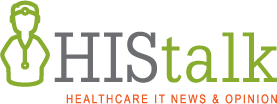



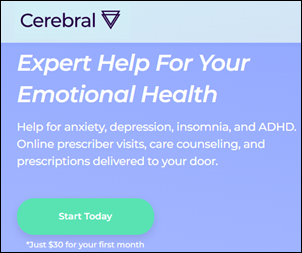

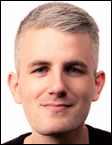
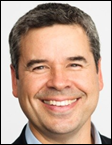
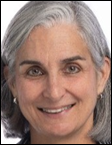
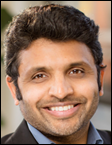
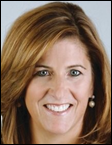
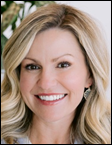
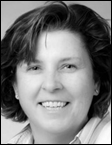
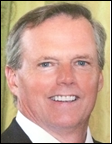


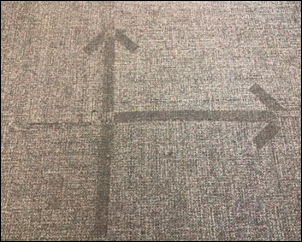









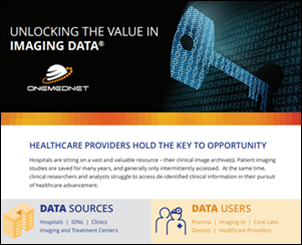
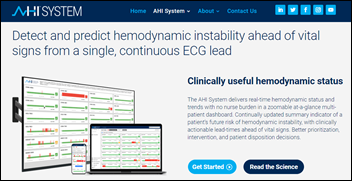









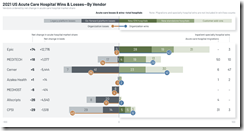


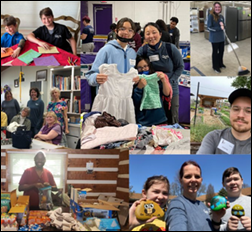
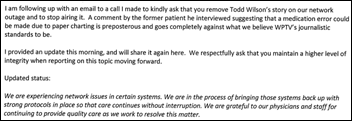

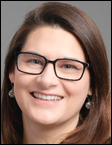



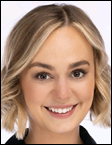







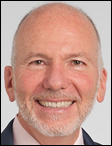






That, or we see if Judy will announce Epic's new Aviation module (probably called Kitty Hawk) that has integrated Cruise…